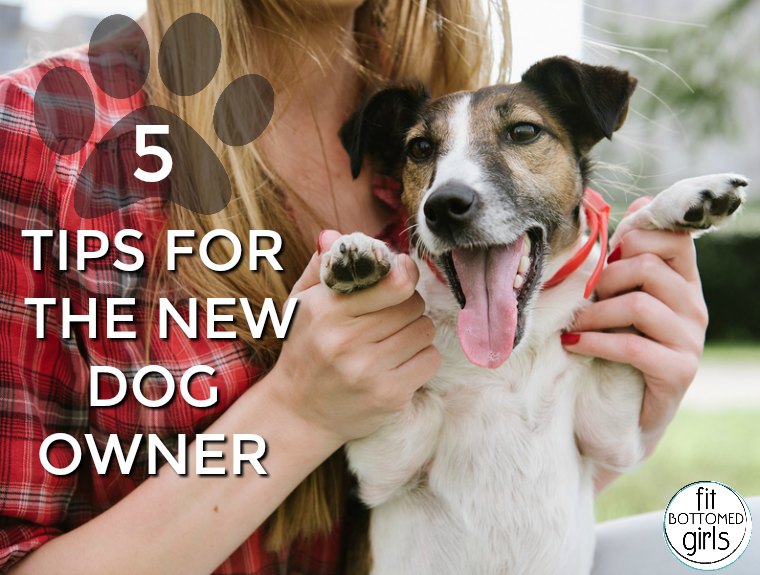5 Tips for the New Dog Owner
So you got a dog. Get ready for unconditional love, instant companionship and unwavering loyalty.
But with reward comes responsibility.
Your new pup has needs that must be met. Ignore his needs and your dog might become unhappy, withdrawn, destructive and difficult to control or, worst case, aggressive. And then nobody’s happy.
But take heart! There are plenty of things you can do ensure you’ve got a happy, well-trained dog who loves and respects you.
1. Provide Structure and Training
Providing your dog with structure — like a regular schedule and rules that are consistently enforced by all members of the family — is a way to both help your new dog build confidence and make life easier on the humans in your home. In order to modify any unwanted behavior your pup exhibits, stick to reward-based training rather than scolding him or relying on punishment. Fear-based training can be effective in the short-term, but training your dog using rewards and positive reinforcement is a better option in the long run.
2. Make Your Walks Count
Walking isn’t just good exercise — it’s also both a chance to bond with and train your dog. Continuing to use positive reinforcement, get your dog leashed up and only move forward when he doesn’t tug at the leash or exhibit other unwanted behaviors. Don’t yell at him, but stay still until he’s relaxed at your side. When he walks without tugging, praise him like crazy and give him rewards — and when he pulls again, stop where you are until he returns to your side. This will likely take a while, but you’ll be happy you put in the time when you have a well-behaved pooch trotting next to you!
3. Be Smart About Socialization
Your dog is now part of your life; don’t banish him to the backyard when company arrives. Introduce him to new people and situations (again, using that awesome positive reinforcement and rewards!) so he becomes confident and stable from the get-go. But also be sure to read his body language and watch for clues — some dogs are simply not comfortable with children, other dogs, men with beards, etc., and this can be particularly true when it comes to adult dogs who join your family well after the ideal socialization period (7 weeks to 4 months). You should never force your dog to spend time in those situations if he seems scared. Instead, continue providing opportunities for him to interact with what scares him at his own pace, and if what he really wants is to retreat to your room and curl up in the closet when your friend’s toddler comes over, respect that.
4. Consider Your Sleeping Situation
Curling up with your pup every night might sound dreamy, but it’s a slippery slope. Aside from the fact that pretty much any dog, no matter how well-groomed, will bring dirt and fur into your sleeping space, you should also consider whether you want your sleep to be dictated by your dog on a nightly basis. Once you allow him into your bed, it’s much harder to train him to stay on the floor. To alleviate any guilt you might feel about not letting him snuggle with you at night, get him a cozy bed or crate (fun fact: many dogs truly love their crates and, when given the option, actually choose to sleep in them!), either in your room or outside by close enough for you to hear him if he whines to go out as he adjusts to his new home.
5. Entertain Him When He’s Home Alone
Dogs feel safest when they are part of a pack. Too much alone time can create anxiety and/or boredom, which can lead to inappropriate chewing, barking, urination and more. You can even try something like DogTV, a television channel created for dogs. (Yes, seriously!) Designed by experts, DogTV offers programs specifically geared toward doggie relaxation and/or stimulation. There’s also stuff for the humans: tips for bonding, info on specific breeds and — great for both you and your pup — a program to stay in shape together.
Are you ready to adopt a pet? Studies show that dog owners enjoy better health than those without a furry friend to call their own. —Kristen


Comments
Great blog it contains lot of information which is very helpful for us this blog is very interesting and informative also i like this blog thanks for sharing.
I have never know of DogTV, thank you for enlightening me, shall try it on my dog and see how he react from my CCTV.
Comments are closed.